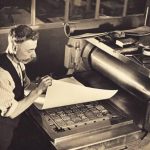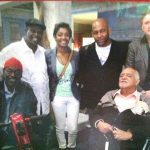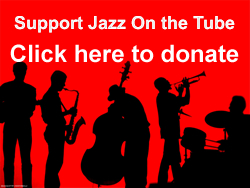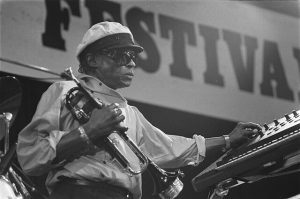Musicians love Cuba.
Gershwin took a two-week holiday in Havana in February 1932 and came back with this.
The work, under the original title “Rumba”, later named “Cuban Overture”, received its première at New York’s now-demolished Lewisohn Stadium 16 August 16,1932, as part of an all-Gershwin program held by New York Philharmonic.
The concert was a huge success. As Gershwin wrote:
It was, I really believe, the most exciting night I have ever had…17,845 people paid to get in and just about 5,000 were at the closed gates trying to fight their way in—unsuccessfully
Leonard Bernstein was a fan of Cuba too and, like Gershwin, took a two week-holiday there to recuperate after the commercial failure of his Broadway show Candide in 1955.
He came back from the trip rejuvenated. Some of this energy helped him persist in his ultimate success bringing “West Side Story” to the stage.
Igor Stravinsky visited Cuba too at the height of his career in 1946 to perform – and as a student of rhythm.
Israel Lopez (aka “Cachao”) recalls time he spent with Stravinsky in Havana.
“How about Stravinsky?” The composer’s name is mentioned in Cachao’s curriculum vitae. And it has been said that Stravinsky’s use of rhythm sometimes resembles the Afro-Cuban.
“Stravinsky was my friend. I played the ‘Firebird’ and ‘Petrouchka’ with Stravinsky conducting in Cuba. He was a simple man, ugly like me…”
“No no,” the interpreter interrupted.
“…but very nice. Noble. He was interested in Cuban rhythms. I took him to the clubs to hear Cuban bands and he tried to notate the rhythms on paper. They are complex, very difficult to transcribe.” Cachao tapped a fast two-handed mambo beat on the table. Coffee cups bounced.
Then there’s Aaron Copland
A friend heard his “El Salón México” and asked him why he called it “Mexican” when it was clearly based on a Cuban Danzón.
Copland said that he first heard the style at a dance hall in Mexico City and didn’t realize it had is origins in Cuba and was a Cuban form.
To make up for his gaff he wrote “Danzón Cubano” which he plays here as a piano duet with his friend and colleague Leo Smit.
Here’s Copland performing “El Salón México.”
Still watching and reading?
Good!
Now here’s a secret about Gershwin’s “Cuban Overture” which very few people know.
This comes from the excellent movie: “Cachao: como su ritmo no hay dos” directed by Andy Garcia
The story of Gershwin and Pinero is interesting told to me by Ignacio Pinero himself.
He told me one night he was walking around. It was 1936 or 1937 and along the street as it often happened in Havana, all the doors and windows were open and he heard this music.
“Ah, that sounds familiar.”
He went to the house and asked the lady there: “What is that?”
She replied “That’s the “Cuban Overture” by the great George Gershwin.”
So in the Cuban Overture by great George Gershwin there were various chunks of “Echale Salsita.” (Pinero’s composition!)
They asked Piniero if he wanted to sue Gershwin.
He replied: “Oh, no, no. I’m satisfied that the great George Gershwin considers me a part of Cuban Folklore.”
– Ken McCarthy
Jazz on the Tube
P.S. Our unique programming is made possible by help from people like you. Learn how you can contribute to our efforts here: Support Jazz on the Tube
Thanks.







